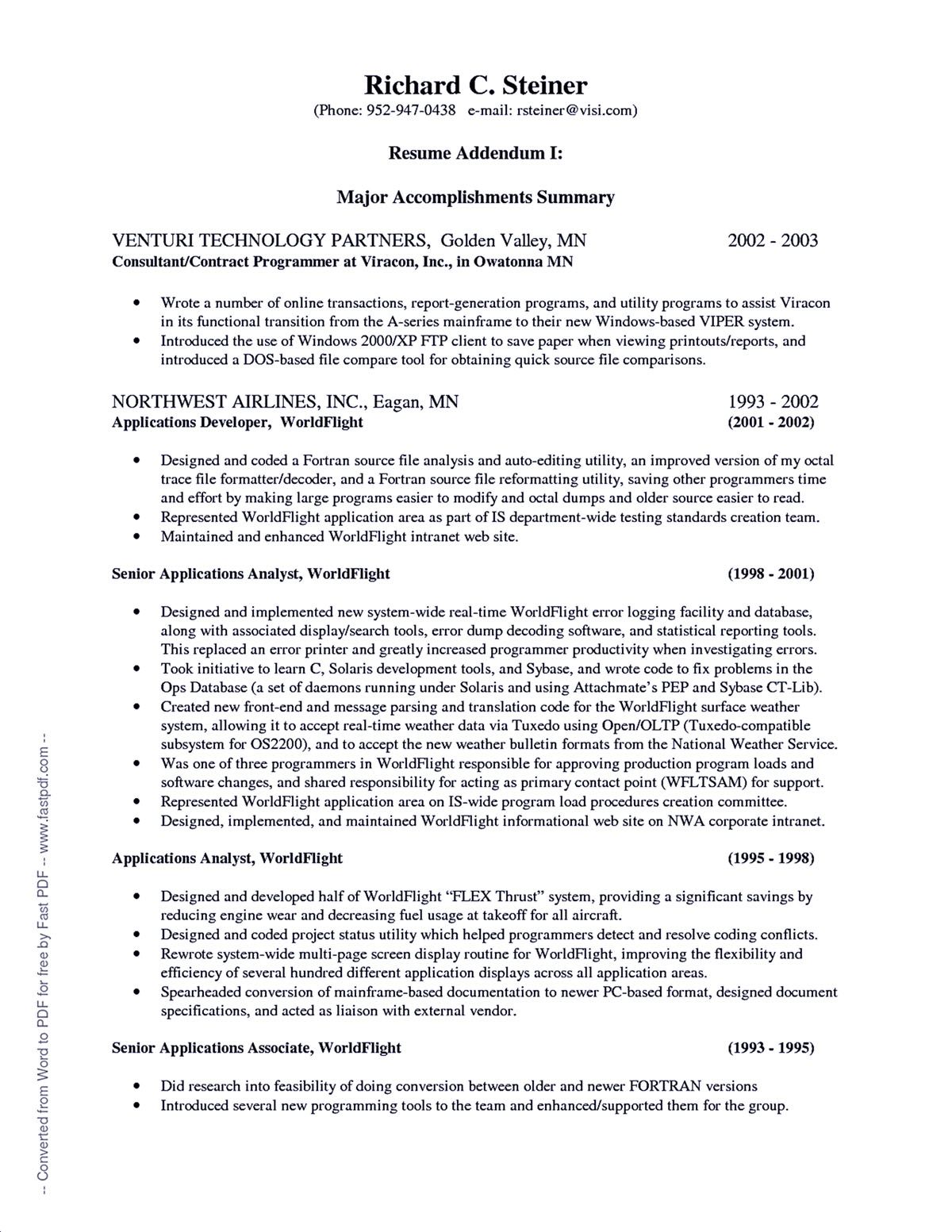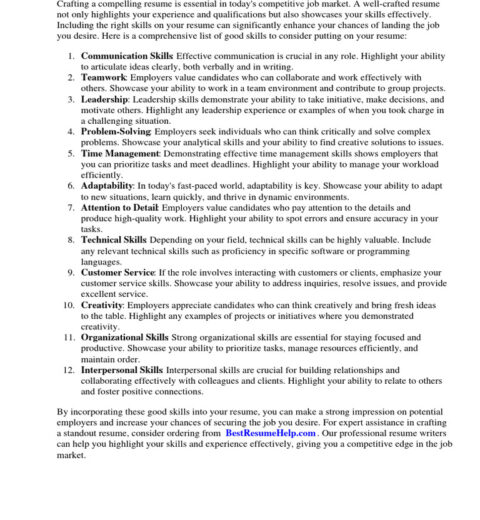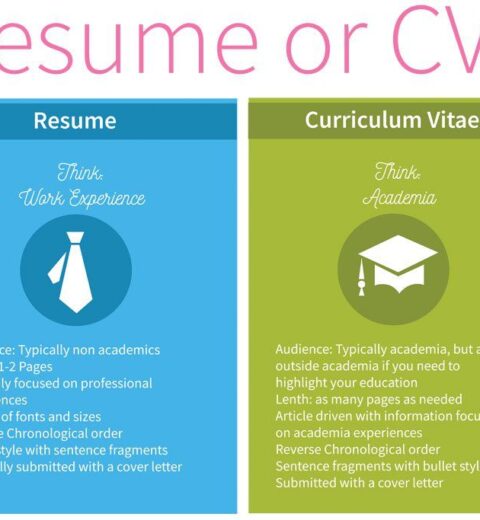The accomplishment section of a resume serves as a crucial platform for job seekers to present tangible evidence of their skills and an illustrious history of professional contributions. This segment is not merely a collection of job duties; instead, it reflects notable achievements that underscore an individual’s capabilities and the value they bring to a prospective employer. In this guide, we will delve into the enhancements this section can provide, explore what to include, and offer guidance on how to tailor accomplishments effectively.
A well-crafted accomplishment section evokes intrigue and captures the attention of hiring managers. In a competitive job market, presenting unique attributes, combined with measurable successes, can distinguish your resume amidst a plethora of applicants. The sheer aesthetic appeal of how your accomplishments are presented can make an instantaneous impact, prompting the reader to delve deeper into your professional narrative.
Understanding the Importance of the Accomplishment Section
First and foremost, an accomplishment section delineates your personal brand and encapsulates your professional ethos. Unlike generic job descriptions that outline responsibilities in vague terms, accomplishments allow you to showcase quantifiable successes. For example, stating that you “increased sales by 30% in one quarter” offers far more substance than merely claiming to be responsible for sales.
This section invariably elevates the overall effectiveness of your resume. Employers often seek candidates who can not only perform but excel. The accomplishment section provides a compelling narrative about your contributions, illustrating how your actions impacted an organization positively. In the context of recruitment, this narrative is indispensable; it offers insights into your initiative, creativity, and dedication.
Analyzing Key Elements to Include
Identifying what constitutes an accomplishment can be somewhat ambiguous. However, it typically includes three primary elements: context, action, and result. Scrutinizing this triad can effectively guide your inclusion strategy.
- Context: Provide a brief backdrop. What was the situation, and what challenges were you facing? This helps the reader understand the environment in which your accomplishments occurred.
- Action: Describe the specific actions you took to address the challenges. This showcases your problem-solving skills and initiative.
- Result: Quantify the outcome. Use relevant metrics to substantiate your claims. Did your actions lead to increased revenue, cost savings, or other measurable benefits?
For instance, instead of stating you “managed a project,” you might say, “Led a cross-functional team that successfully delivered a $500,000 project three weeks ahead of schedule, improving client satisfaction by 20%.” Such a statement not only adheres to the context-action-result framework but also emphasizes significant impacts over time.
Strategies for Writing Accomplishments
Crafting resonant accomplishments requires meticulous thought. The construction should be precise yet evocative. Here are several strategies to aid you:
- Utilize Action Verbs: Start each bullet point with a potent action verb. Words like “spearheaded,” “orchestrated,” and “cultivated” evoke strong imagery and convey authority.
- Be Specific: Avoid vagueness. Incorporate numbers, percentages, and specific timeframes to anchor your achievements in reality.
- Tailor to the Job Description: Each resume should reflect the competencies outlined in the job description. Tailoring your accomplishments to the specific role demonstrates relevance and alignment with the employer’s expectations.
- Highlight Unique Achievements: Don’t shy away from including less common accomplishments. Innovative endeavors or unusual successes can captivate potential employers and establish you as a memorable candidate.
Formatting the Accomplishment Section
The visual presentation of the accomplishment section is nearly as important as the content itself. A disorganized or cluttered format can detract from the reader’s experience. Maintain professionalism with a clean layout, using bullet points to separate each accomplishment clearly. Here is an example of how to structure it:
Accomplishments: - Spearheaded a marketing campaign that yielded a 45% increase in brand engagement over six months. - Developed an operational protocol that reduced process time by 25%, leading to annual cost savings of $50,000. - Recipient of the Employee of the Month award for three consecutive months due to outstanding customer service and problem resolution.
By strategically formatting the section with clarity and conciseness, you cultivate an aesthetic appeal that invites continued reading. As the eyes scan your accomplishments, the formatting should emphasize key victories without overwhelming the viewer.
Integration with Other Resume Sections
While the accomplishment section stands out prominently, its integration with other sections of your resume is equally pivotal. Achievements can directly correlate to the experience and skills outlined in other segments. Strive for cohesion; the stories told within your accomplishments should resonate with your professional background and the career trajectory you are aiming to pursue.
In conclusion, the accomplishment section of a resume is more than just a purpose-driven entry—it’s a compelling story waiting to be told. By weaving together context, action, and results into your entries, you create a narrative that not only conveys your capabilities but also captivates potential employers. With careful thought and strategic presentation, this segment can become your greatest ally in the competitive job market, serving as a testament to your professional journey. Embarking on this process with an informed perspective will ensure your accomplishments shine brightly against the backdrop of your career.




